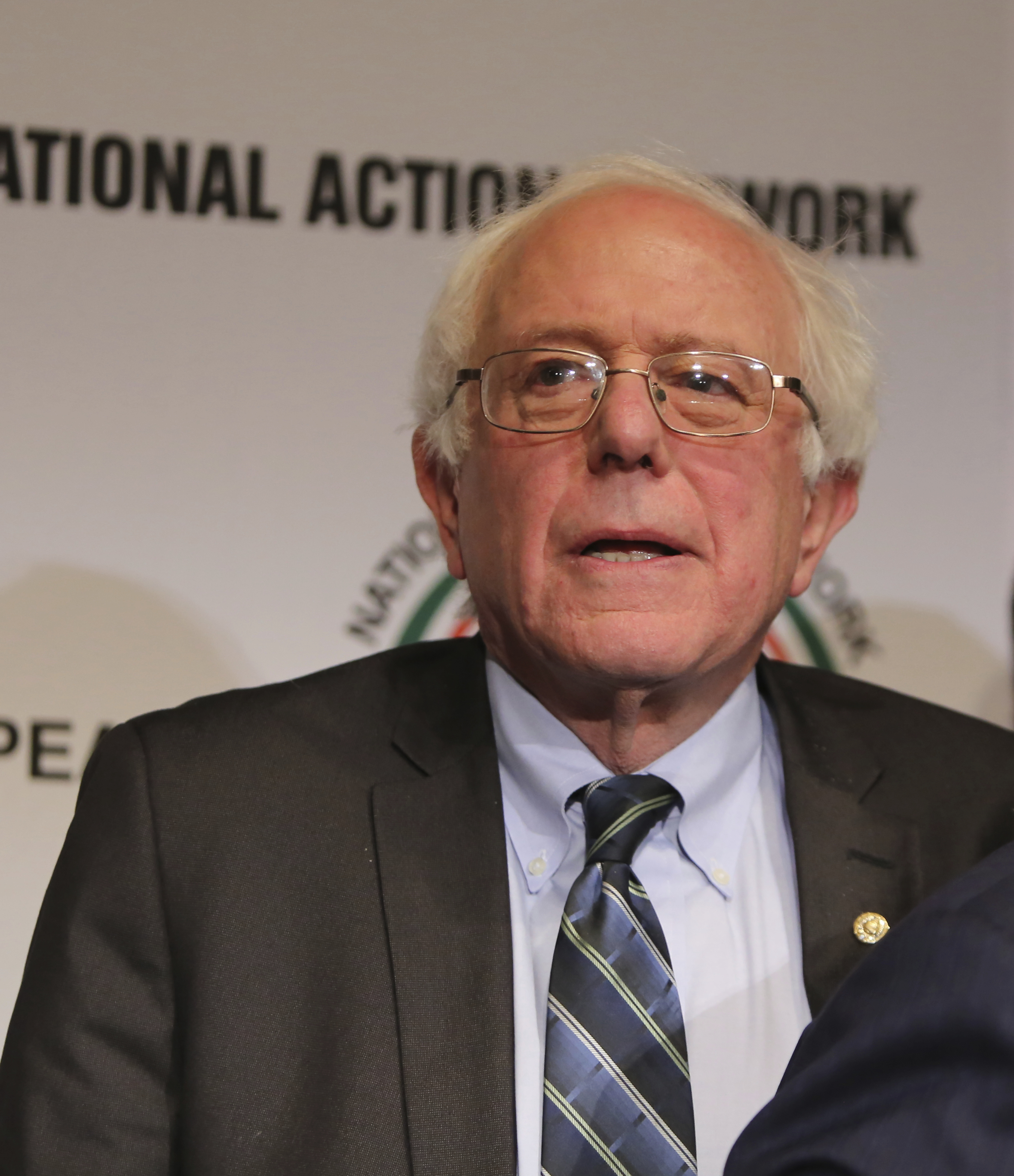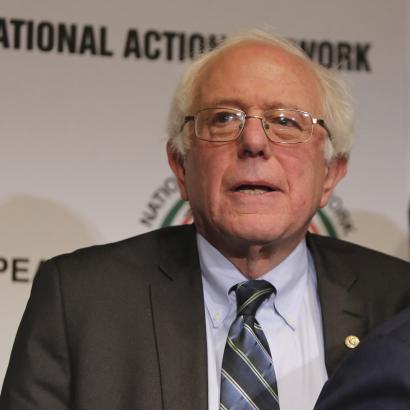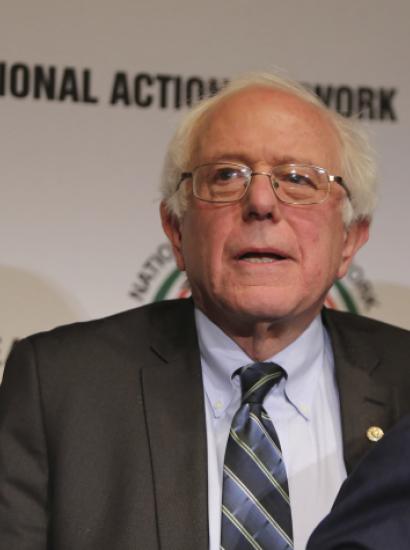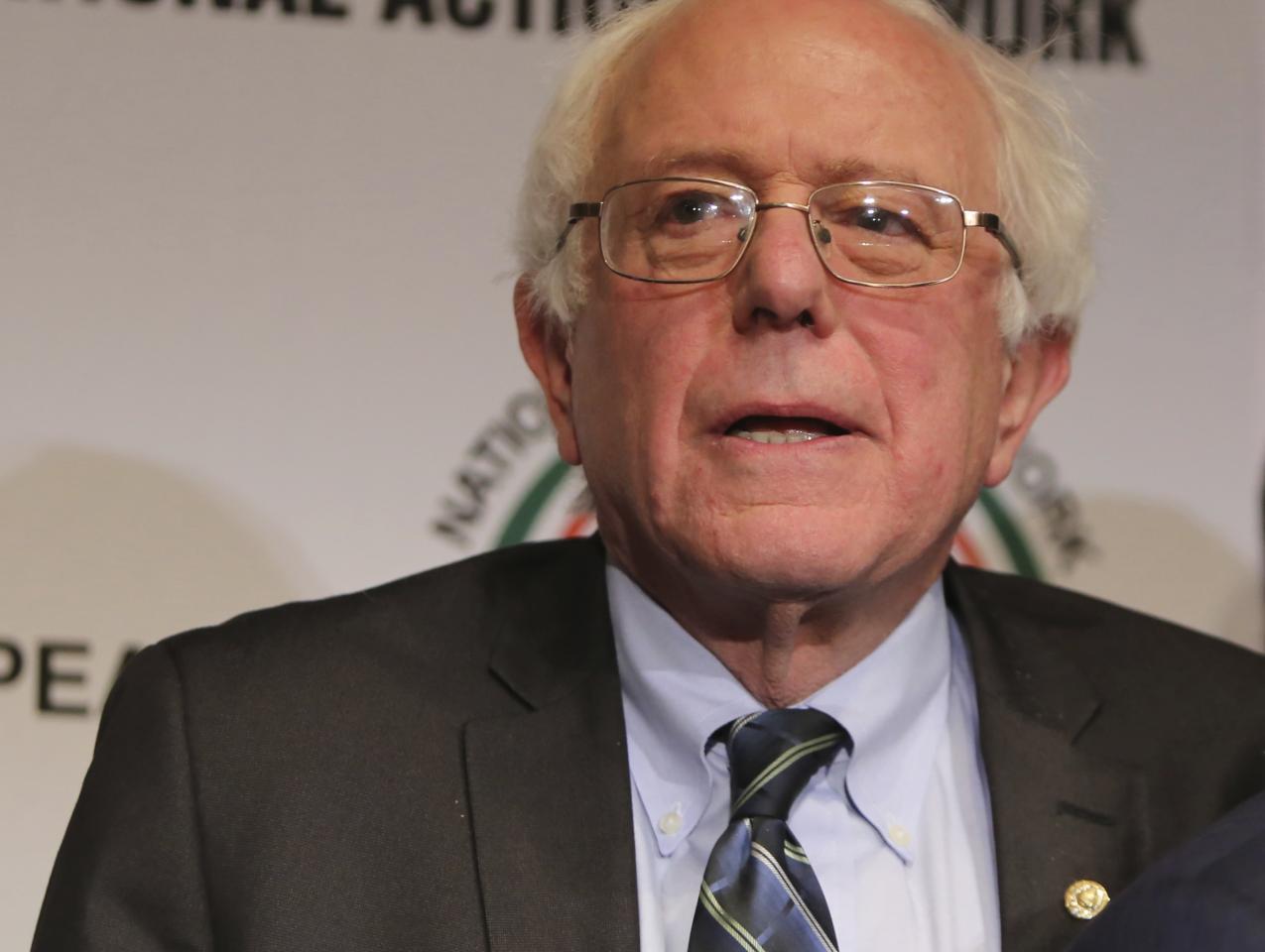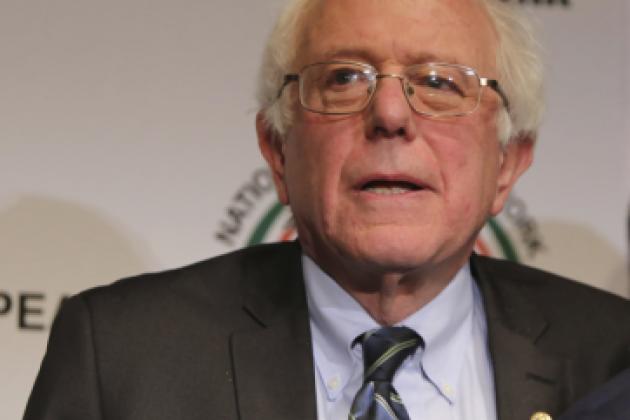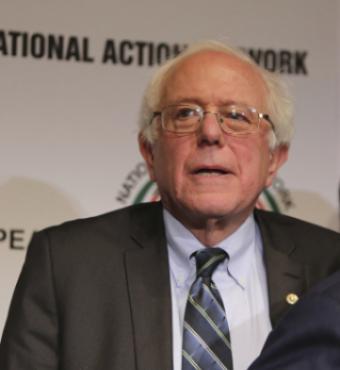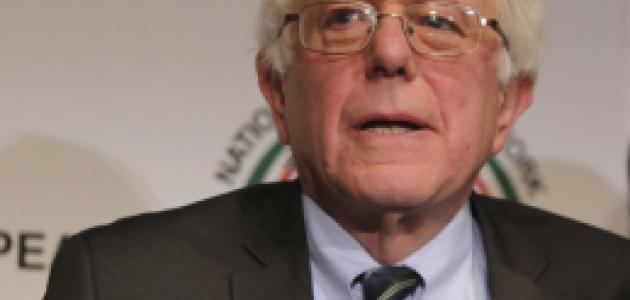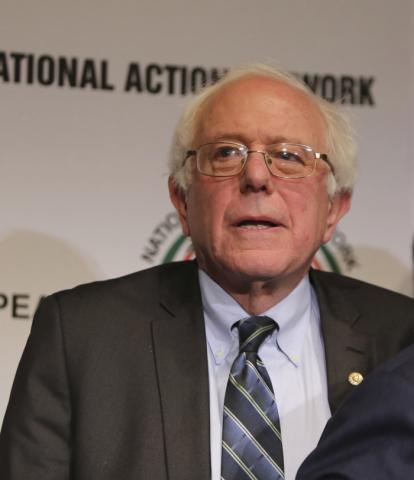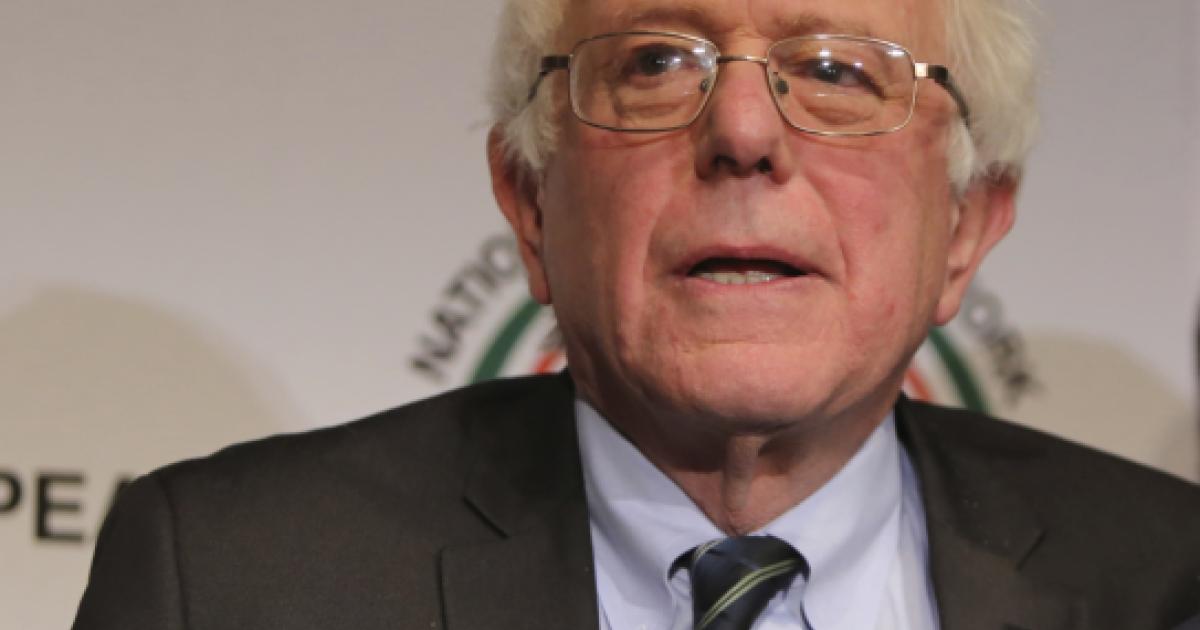It is just a matter of time. Democratic primary outcomes, particularly in the exceptionally liberal states of California and Vermont, clearly show that Bernie Sanders is not generating nearly the support or enthusiasm needed to win the Democratic nomination, even though Sanders won both these primaries.
To see this, first consider Bernie’s own state of Vermont, one of the most politically progressive states in the country. Sanders was re-elected to the US Senate in 2012 and in 2018 with nearly 70 percent of the vote, and with voter turnout of about 56 percent.
But last Tuesday, despite this being a presidential election year, only about 40 percent of Vermont voters even turned out. And of those who voted, only about 40 percent voted for Sanders. Yes, Sanders received more votes than any other candidate. But looking beyond that, roughly five out of six Vermont registered voters chose either to not vote for Sanders, or to not even bother voting. Think of that for a moment. In Sanders’s home state, he was only able to motivate one out of six voters to vote for him.
Comparing Vermont’s 2020 primary to its 2016 primary reveals even more weakness in Sanders’s 2020 candidacy. In 2016, Sanders received over 85 percent of Vermont’s Democratic party vote, compared to Hillary Clinton’s 14 percent. And in 2020, Sanders barely edged out Pete Buttigieg in neighboring New Hampshire as Bernie took about 25 percent of the vote, whereas in 2016, he took over 60 percent of New Hampshire’s primary vote, compared to Clinton’s 38 percent. New England’s favorite son is no longer so favored.
In California, perhaps the only state more liberal than Vermont, the primary outcome was not much different. Turnout was low. Only 38 percent of registered California Democrats voted. And though Sanders again received more votes than any other Democratic candidate in California, his total vote count of about 1.3 million is 40 percent less than the number of votes he received in the 2016 California primary when he had to run against Clinton.
Think about that for a moment. Forty percent of Bernie’s 2016 supporters either didn’t show up to vote four years later, or voted for a different candidate, none of whom advertised themselves as a democratic socialist.
And these two primaries were in arguably the most liberal states in the country, where Sanders should be most popular.
What happened? Sanders’s policies and his politics are so far afield from America’s economic and political traditions that his base is far too narrow to compete with more centrist candidates. Sanders supporters are primarily young people, whose demographic is small and whose turnout tends to be lower than that of older voters.
Voters have had four additional years to learn about Sanders and understand that his policies, if implemented, would take the United States where it has never been and would create substantial economic damage.
Sanders’s Medicare for All plan, with no copays, coinsurance, or deductibles, doubles down on the most problematic aspects of single-payer systems. European health-care systems—which do have copays, coinsurance, and deductibles—are running into enormous trouble.
The United Kingdom’s National Health Service rations health care so severely that many locations do not even cover cataract surgery, a procedure that can mean the difference between blindness and good vision, and which has a success rate of about 98 percent. But in the United Kingdom, cataract surgery is considered to have “limited clinical value” in order to justify its exclusion. Does 98% success sound like “limited clinical value”? Sanders has never acknowledged that health care in the United States will be severely rationed if his plan was implemented, just as it is in every single-payer health-care system in the world.
Nor has Sanders been willing to discuss the specifics of how the system would be financed. Nor has he described why it wouldn’t suffer from the very same unforgiveable deficiencies that plague American’s very own single-payer system, the VA, which include patients dying as they wait for care, the inability to recruit doctors, and failure to keep adequate records. Not surprisingly, these exact deficiencies are front and center at Britain’s NHS.
Voters have also come to learn that Sanders is remarkably uninformed about the impact of his broader set of economic policies.
For example, he believes that his economic policies are very similar to those of Sweden and Denmark. Let’s take Sweden, which has policies that include charter schools, including for-profit schools. These would of course be anathema to Bernie. Sweden has also implemented a large reduction in the size of the welfare state in favor of market-based policies to incentivize work, and that look more like Milton Friedman’s policies than Bernie’s. By 2021, Sweden will have a corporate tax rate that will be lower than that of the United States. Sweden is also privatizing failing aspects of their national health-care system.
This is not the Sweden that Bernie believes still exists. Bernie’s socialist vision of Sweden died out about 30 years ago, when voters revolted over 20 years of failed socialist policies that had funneled 70 percent of the GDP through the hands of their government.
Since then, Sweden has implemented many market-based reforms and has grown faster than almost all other European countries. At the same time, Sweden has reduced its national debt from 80 percent of GDP, which is close to our current level, to 40 percent of GDP.
Then there is Bernie’s closet fondness for incredibly repressive and violent regimes, including the USSR (shortly before it collapsed, of all things) and Cuba. Sanders has defended his position by arguing that even dictators, such as Fidel Castro, can do good things.
But not so fast. You won’t find Bernie cherry-picking statistics to support horrific, violent, right-wing dictators such as Francisco Franco, who was dictator in Spain for nearly 40 years. Franco was an awful dictator, responsible for perhaps as many as 200,000 deaths of Spaniards who opposed him.
But if Sanders were true to form, he would have noted that Spain, under Franco, implemented many economic reforms in the 1960s, which delivered the second-highest economic growth rate in the world at that time and which brought many Spaniards out of poverty. This is in no way any defense whatsoever of Franco but rather illustrates that, for Sanders, what is good for the left-wing murderous dictator is not good for the right-wing murderous dictator.
If Bernie’s candidacy does soon fade away, it will importantly show that most Americans continue to hold personal freedom, economic freedom, democratic governance, and plausible limits on the state to be just as relevant today as always.







